How Effective Is Reflexology to Induce Labor?
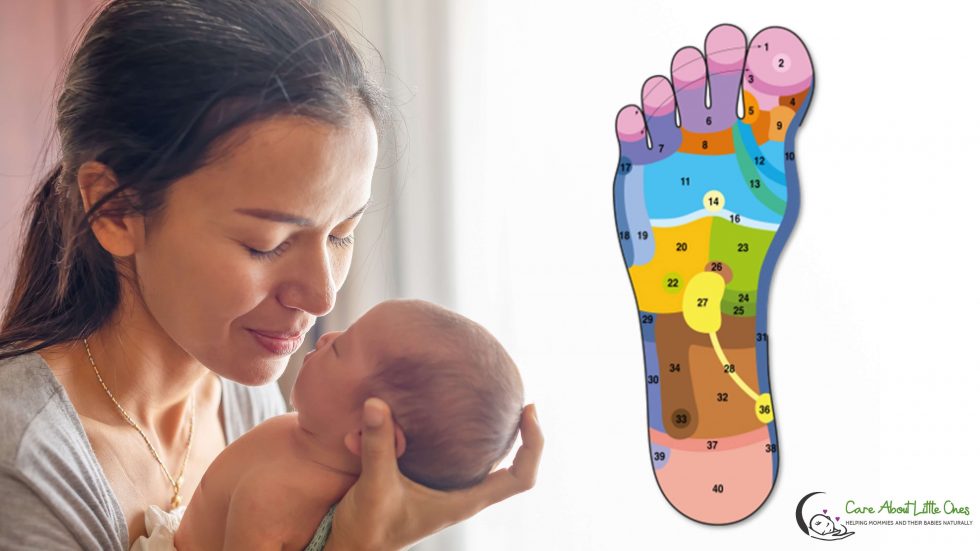
Many women in their late pregnancy hope that reflexology can help them induce labor naturally. And indeed, reflexology is ONE of the tools that I apply to help women go into labor.
So, how effective is reflexology to induce labor? Reflexology could help you induce labor, if your body is indeed ready for labor and particularly, if your cervix is soft at this point. Therefore, it can most likely help you induce labor if you have either reached your due date or if you are past your due date.
In this blogpost, I discuss under which circumstances reflexology can help you induce labor, how fast it is working and which reflexology points to use in order to help you go into labor completely naturally. Moreover, I explain why you should still apply reflexology if your plan is to induce labor even when your body is not ready to go into labor.
Before we start: if you prefer watching a video, you can do so by watching the video below that we have recorded for you. It teaches you under which circumstances reflexology can induce labor, how to apply reflexology and which reflexology points to use in order to induce labor:
Can Reflexology Really Induce Labor?
You might have heard that you are not supposed to have a pedicure when you are pregnant. That’s because a pedicure often comes with a foot massage. And some people claim that you should not have a foot massage during pregnancy because it could trigger contractions and even induce labor.
Indeed, some areas on your soles and feet should be treated carefully when you are pregnant, because they are so-called “reflexology points”. These are pressure points which are linked to specific organs in your body, for example, your uterus. And in theory, stimulating them could trigger uterine contractions.
With that said, I have never ever heard of a case when a simple foot massage was able to induce labor. For reflexology to work, you do not only need to know exactly what you are doing. You also need to work these areas thoroughly. Moreover, you need to repeat the treatment regularly for reflexology to have any effect.
If you do that, you could indeed help your body induce labor if your body is ready for it. However, I cannot emphasize enough how important it is that your body is ready for labor. In almost 20 years of practicing reflexology (along with other alternative therapies), I have not had a single case when a woman went into labor after reflexology when her body was not ready for it.
What do I mean by “ready for labor”? Well, your body is ready for labor, when you see at least some signs that labor is approaching. Most importantly, we want that cervix to be soft. And ideally, you will have had at least some contractions already, even when they are neither strong nor rhythmic.
What is The Success Rate of Reflexology to Induce Labor?
Unfortunately, no study to date has investigated the success rate of reflexology to induce labor. That’s why I can only come up with a personal guess based on experience.
As already mentioned, reflexology is only likely to induce labor if the body is ready for labor. If that’s not the case, reflexology can hardly help you induce labor. I’d say the success rate is less than 10% in such a case. If on the other hand, there are clear signs that labor is approaching then an experienced reflexologist can certainly help you induce labor. My best guess is that the success rate in such a case is somewhere in the 40 – 50% area.
This may not sound like a lot to you. However, please keep in mind that even the most effective natural tools to induce labor only give you a 50% chance of going into labor naturally. That’s unless you have given birth to at least one child in the past already and/or apply a combination of tools to increase their effect. (I am going to briefly talk about other tools to induce labor at the end of this blogpost).
How Long Does Reflexology Take to Induce Labor?
Given that your body is indeed ready for labor, reflexology could help you go into labor within 72 hours. Again, this is just a guess and not based on scientific studies at all.
Also, for this to happen, you would need to apply reflexology at least on a daily basis. Plus, you would need to do it several times a day (depending on how long you stimulate each point).
Moreover, you would have to press and massage the four reflexology points which are related to your uterus, pituitary gland, pelvis and your nervous system. I am going to show you how to find these points later in this blogpost.
However, please note that a better (and more effective) alternative to “self reflexology” to induce labor is seeing an experienced and professional reflexologist. And I cannot emphasize the two words “experienced” and “professional” enough.
Too many people out there sell a simple foot massage as “reflexology” when in fact they have no idea what they are doing. This is what you want to avoid at this stage of your pregnancy at any cost! Ask for references and a diploma if you are having doubts!
Still, seeing a professional reflexologist is what I recommend. It does not only have the advantage that they know exactly what they are doing.
The other thing is that every woman is different. And so, despite the fact that the four reflexology points that I am about to show you are basically the only ones that you need if you want to induce labor, a professional reflexologist may include additional points to help you with your particular case.
When Can I Not Have Reflexology to Induce Labor?
Please note that you should not have reflexology if you have a history of miscarriage, a risk of pre-eclampsia or if there are other pregnancy-related complications. Moreover, you cannot have reflexology if you have deep vein thrombosis or any other blood-clotting issue.
Also, no matter, if you decide to go and see a professional reflexologist or to try reflexology yourself with the help of a partner, I do recommend that you talk to your healthcare provider first! Let them confirm that it is okay for you to have reflexology given your particular case!
Which Reflexology Points Can Help Induce Labor?
Given that it is okay for you to have reflexology, there are specific reflexology points that are helpful to induce labor. That’s because they are all linked to either organs or functions in your body which are related to labor.
In fact, the following four reflexology points are the ones that I always include when I help pregnant women with either labor preparation or labor induction. And usually, they are the ones that any reflexologist would stimulate. However, as mentioned before, it could be that they add further points to help you with additional issues which are related to your particular case.
1 Pituitary Gland
The first reflexology point is the pituitary gland which is responsible for the release of oxytocin. So the aim of stimulating that point is helping the body establish the right hormonal balance that is required so that it can go into labor eventually.
To find the point, the therapist first needs to find the approximate center of your big toes. Then they would press their thumbs against these points in a slightly upward direction. This is easier to accomplish when they secure your toes from behind with their fingers.
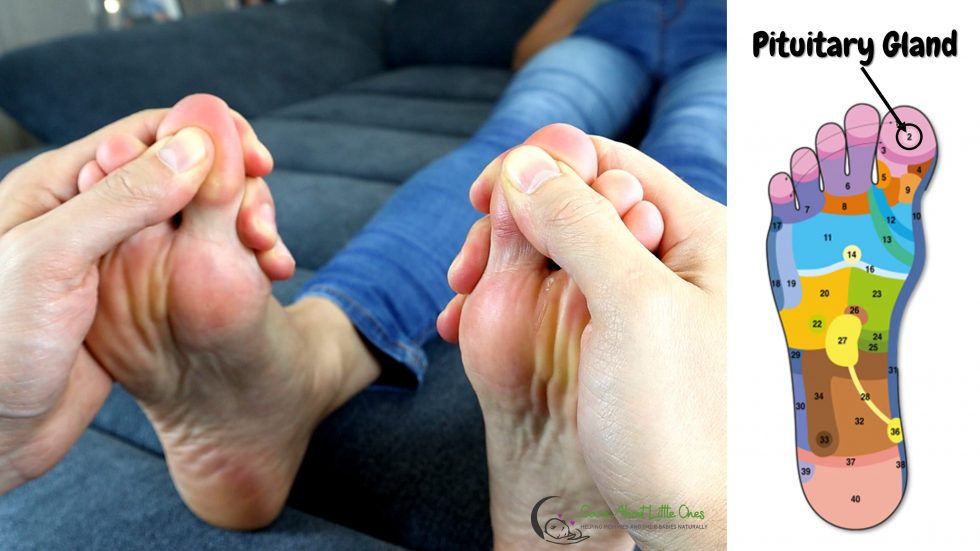
The therapist would now firmly press and massage your toes for at least 1 minute. In fact, some therapists may do this for much longer, depending on their approach. Moreover, they would alternate between firm pressure and firm rotating movements.
2 Uterus
The next reflexology point represents the uterus which we want to prepare for contractions. Obviously, the aim of that is to get contractions going. To find the point, the therapist needs to find the highest point of the medial ankle bone on the inside of your legs.
Next, they would need to find the approximate end of the bone of your heel. The reflexology point that they are looking for is the midpoint on an imaginary straight line between the two points.

Your therapist would now massage that point, as well as the area above and below the point for at least one minute. Moreover, they would alternate between rotating movements, rubbing as well as firmly pressing the point.
And of course, this needs to be done on both legs.
3 Nervous System
Working on your nervous system is something that every therapist should do in order to help you relax. That’s because relaxation is a major prerequisite for the body to establish the right hormonal balance that your body needs in order to go into labor.
In order to find the area that represents your nervous system, the therapist would palpate along the bone on the inside of your foot, starting at the bony prominence below your big toe and finishing on the point which represents your uterus from the previous step.
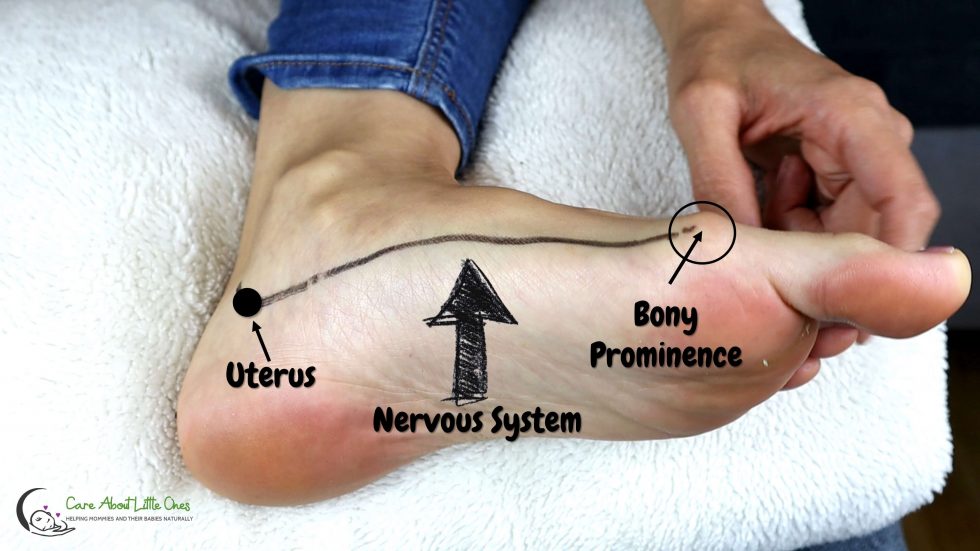
The line that you can see in the image above is located right on the edge of the bone. Your therapist would now massage 3-4 times along that line from one side to the other side (the exact direction is irrelevant). Alternatively, some therapists prefer to start at the center of the line along the bone and move with both thumbs into opposite directions.
And again, this needs to be done on both feet.
4 Pelvis
Finally, your therapist would stimulate the reflexology point which represents your pelvis. This can help engage the baby which is important because the baby’s head will help put more pressure on your cervix.
Another benefit of this point is that it can help with pelvic pain. In fact, pelvic pain is one of the most common kinds of pain of pregnant women that I treat at the clinic.

In order to treat your pelvis, your therapist would simply massage your heels for at least one minute, in various ways. For example, rotating movements, massaging from one side to the other side, massaging upwards and downwards, pressing firmly against the heel etc. Whatever you find most convenient!
Can Reflexology Induce Labor at Weeks 37 or Weeks 38?
Every now and then, women who seek my treatment ask me if it is possible to induce labor with reflexology in week 37 or week 38 of their pregnancy. That’s often the case when they want to avoid a medical induction at the hospital.
Unfortunately, in my experience, reflexology will hardly help you induce labor that early because your body will most probably not be ready for labor. And as already mentioned, this is really the key for reflexology to work.
So, if there are no signs whatsoever that labor is approaching, like for example, some first mild contractions, it will be very difficult to induce labor with reflexology at weeks 37 or weeks 38.
With that said, we would still apply reflexology if you were to seek my treatment at the clinic. And here is why:
Reflexology Can Help Prepare the Body for Labor
Reflexology is a way more effective tool to help prepare the body for labor than it is to induce labor. In fact, reflexology is one of many tools which I like to call “labor acceleration tools”. That’s because reflexology can help speed up the time until your body is ready for labor.
In my experience, reflexology cannot only help soften your cervix, but also release the right kind of hormones. By doing so, it could even help you with first contractions. But again, I have absolutely no scientific proof to back these claims. This is really just based on what I observe.
Now, these first contractions will usuall neither be strong enough, nor rhythmic to help you go into labor when you have not yet reached your due date. However, at least, they can help you get your body to a point where you can indeed successfully induce labor with other, more powerful labor induction tools, like for example nipple stimulation.
Here is why:
Nipple stimulation was found to be a very effective tool to induce labor IF your cervix is soft. Moreover, the chances of getting contractions from nipple stimulation are almost twice as high if you have had at least some contractions prior to stimulating your nipples. Both, a soft cervix and some first contractions is what we try to achieve with reflexology.
So again, reflexology can help you get your body to a point where you can indeed naturally induce labor with other, more powerful labor induction tools. And this is true for all of our so-called “labor acceleration tools”.
They can help you prepare your body for labor and thus speed up the time until your body is ready for labor. Very often this will be enough for your body to go into labor completely naturally all by itself. However, if that does not happen you can now apply the tools for labor induction. Because now that your body is ready for labor, they are much more likely to work.
If you are interested in getting to know other labor acceleration tools and also if you want to know which tools are more powerful to actually induce labor, then check out the video that you can find below. It teaches you the 4 most effective labor acceleration tools and 2 most effective labor induction tools which could help you go into labor within 72 hours. Plus, we also teach you exactly how to apply these tools:
Disclaimer: This blogpost is supposed to give you an overview of reflexology for labor induction and which reflexology points are useful to induce labor. However, this blogpost is not an endorsement to try reflexology to induce labor yourself. You should always get the approval of your healthcare provider before you try anything related to your pregnancy! Moreover, should you decide to try reflexology, I recommend that you use the services of a professional reflexologist.
ABOUT THE AUTHOR
Nathalie Kaufmann
Nathalie is a pregnancy and birth Consultant and a TCM Therapist with almost 20 years of experience in Traditional Chinese Medicine (TCM), acupuncture, reflexology, Shonishin baby massage techniques, Western and Eastern massage techniques (including TUINA), as well as herbal medicine and nutrition.
She has worked in hospitals across London and was Head of the Maternity Acupuncture Clinic at the Whittington hospital in London. Today, Nathalie runs her own practice in London and helps pregnant women with pregnancy- and birth-related issues. She also specializes in alternative treatments for babies and children.
RELATED POSTS
How to increase the Oxygen Supply to the Baby in the Womb
During your pregnancy, there is a constant supply of oxygen to your baby. But what pregnant women often don’t know is that there are certain things that can reduce the oxygen supply to the baby. Luckily though, there are also very simple ways to increase the oxygen...
Best sitting Position to help Baby find a good Position in the Womb
As they approach the end of their pregnancy, many moms-to-be start to worry. How should they help baby find a good position for labor? What about turning baby head down? What if baby is posterior? And how should I help baby engage in my pelvis?So, how can you help...
Pregnancy Vitamins: What Nutrients does a Fetus need & what Foods should I eat?
This blog post adds to our video on youtube in which we go through our list of the 9 most important micronutrients every fetus needs. If you have not watched our video so far, we recommend doing that first:Below, you can find a list of all the nutrients that we...
How to keep moving with an epidural
This blog posts adds to the video "8 reasons why labor can stall and what to do about it". In that video, among others, we explain the "roll-over technique from Penny Simkin (see sources below) which allows a woman to keep moving even when she is confined to bed....
How to keep track of Baby’s Movements
If your baby is active in your womb, then it is a sign that your baby is well. Because of that, most doctors recommend counting your baby's kicks from week 28 of your pregnancy onwards. In this brief blog post, we want to explain how you can keep track of your baby's...
How to relieve Pelvic Girdle Pain during Pregnancy
This blog post complements the information from our video on youtube on how to relieve pelvic girdle pain during pregnancy. In that video, we propose 2 ways to relieve pelvic girdle pain: 1. some minor changes in your lifestyle and 2. exercises. While the video...
Are you a good candidate for VBAC?
This blog post is intended to provide additional information apart from what we have mentioned in our video with the title "are you a good candidate for VBAC?" Moreover, on this page, you can find the entire list of scientific research studies which this video is...
The Purple Line – Find Out If You Are Dilating
The purple line can tell a woman if and how much she is dilated. So in this blogpost, we explain how to find out if you are dilating and how much you are approximately dilated.
Best Sleeping Position To Turn A Breech Baby (with Pictures)
Most babies turn at night. But unfortunately, not every sleeping position provides the baby with enough room to turn. As a result, many babies remain in a breech presentation. Luckily though, sleeping in the right position can support baby turn head down.So, what is...
LEAVE A REPLY


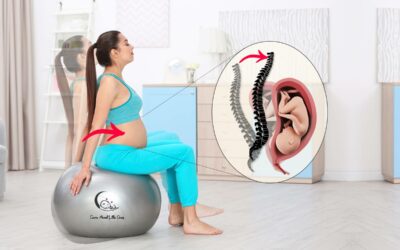

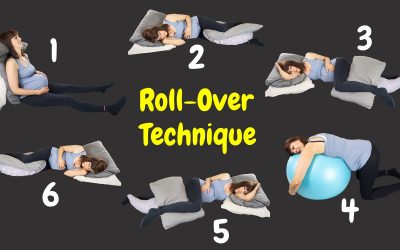



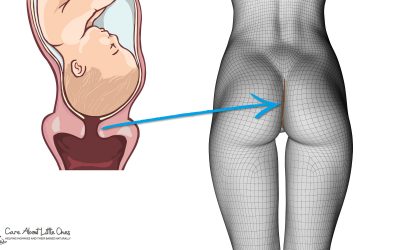

0 Comments